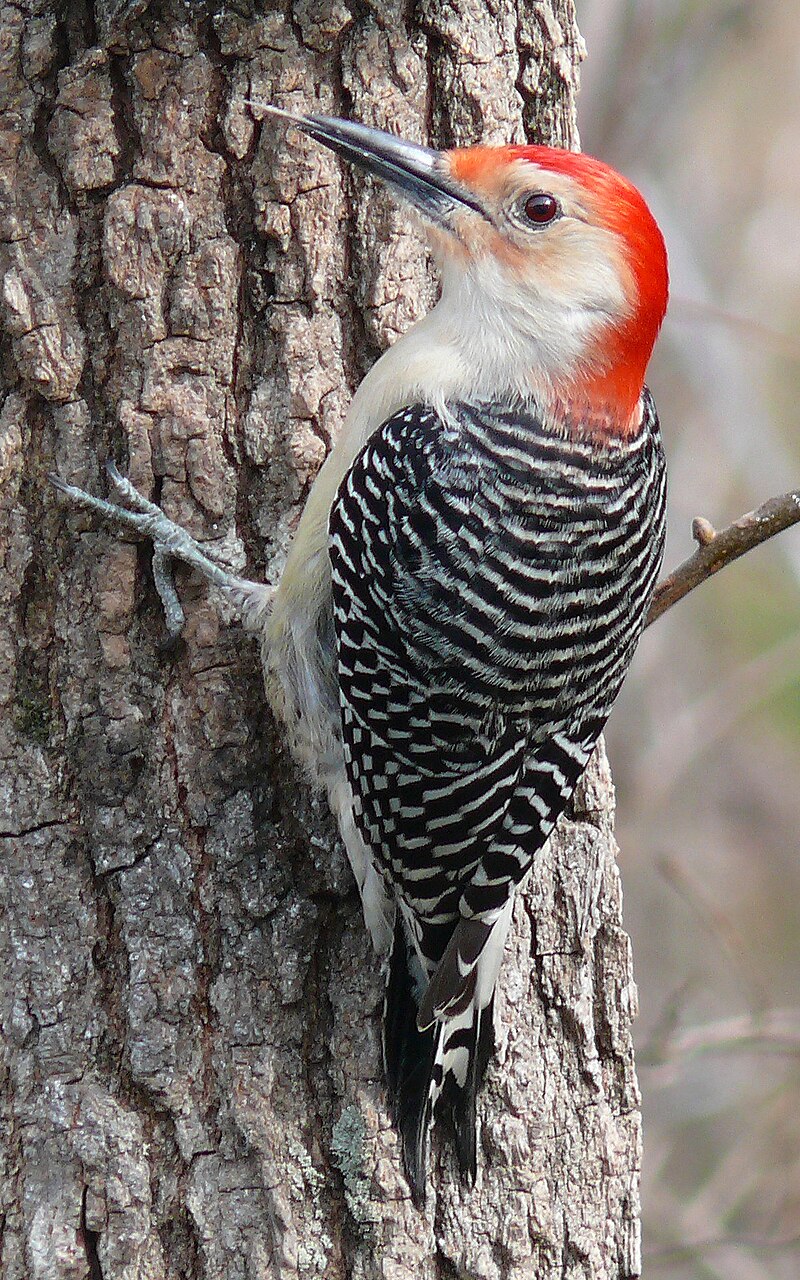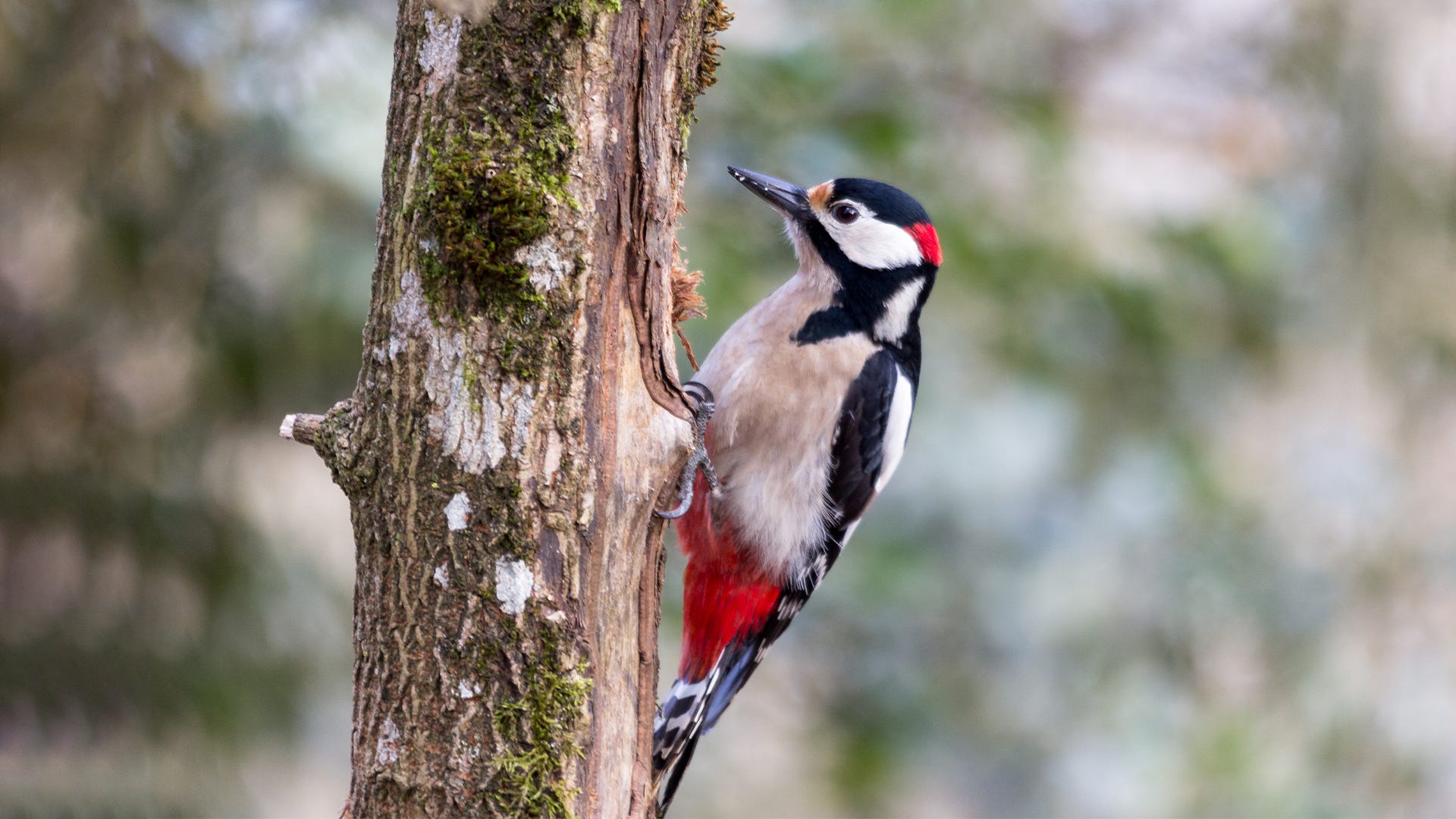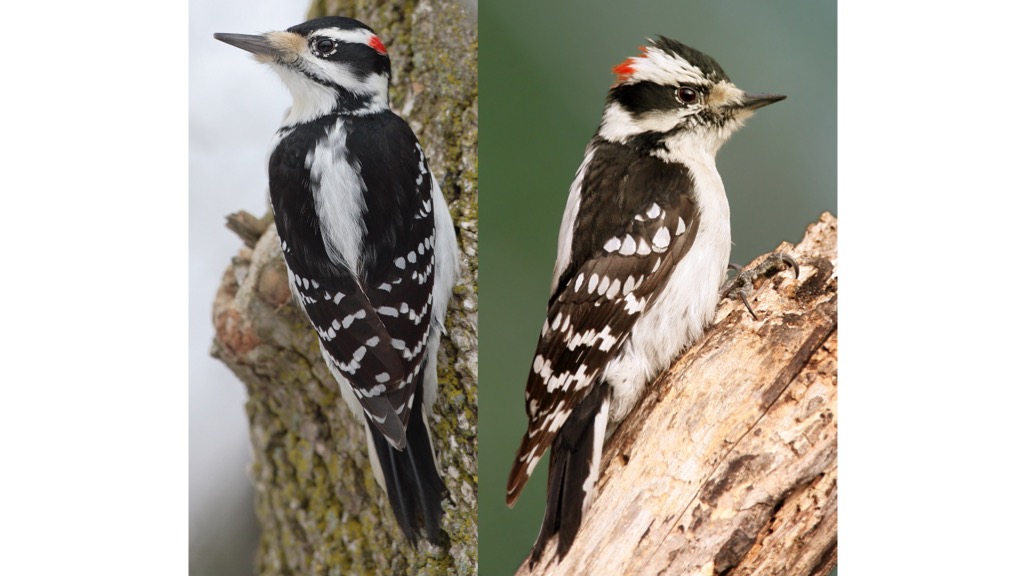Woodpeckers in Florida: Natural History, Ecology, and Conservation
Wiki Article
Woodpeckers: A Comprehensive Overview to Understanding These Distinct Birds
Woodpeckers, with their distinct behaviors and physical attributes, have long captivated the inquisitiveness of ornithologists and nature lovers alike. As we discover the intricate composition, varied species, and environmental relevance of woodpeckers, a deeper recognition for these unique birds and the enigmas they hold unravels.
Woodpeckers' Drumming Actions
Woodpeckers exhibit a balanced and exact drumming behavior that serves various crucial features in their every day lives. This behavior is primarily connected with communication, region protection, and foraging. The distinctive drumming noise is produced by the rapid pecking of their beaks versus difficult surfaces such as tree trunks, branches, or perhaps steel things.Communication is an important aspect of woodpecker habits, and drumming plays a substantial function in this procedure. Woodpeckers utilize drumming to establish their presence, bring in mates, and maintain call with their partners and children. The regularity, strength, and period of drumming sequences communicate particular messages to various other woodpeckers in the location.
Along with communication, woodpeckers use drumming habits for territory protection. Woodpeckers in Florida. The loud and recurring drumming functions as a cautioning to possible burglars, signifying that the area is already claimed. By developing their territory with drumming, woodpeckers reduce the possibility of disputes over valuable sources such as food and nesting sites
Furthermore, woodpeckers additionally employ drumming as a foraging strategy. The balanced pecking aids them locate insects hiding under the bark of trees by producing resonances that interfere with the prey's cover-up. This behavior showcases the versatility and resourcefulness of woodpeckers in utilizing their drumming skills for numerous essential functions.
Special Adaptations for Tree Climbing
Having actually mastered the art of drumming to communicate, protect territory, and forage, woodpeckers have developed distinct adaptations that promote their amazing climbing up abilities in their arboreal habitats. One vital adaptation is their specialized feet. Woodpeckers have zygodactyl feet, with two toes pointing forward and 2 toes aiming backwards. This arrangement gives a solid hold on the vertical surface areas of trees, permitting them to stick easily while foraging for pests or drumming. Additionally, woodpeckers have stiff tail plumes that serve as a prop to support their bodies as they climb. These tail plumes give security and balance, making it possible for woodpeckers to maneuver up tree trunks with precision and dexterity.In addition, woodpeckers have powerful neck muscular tissues and an unique head structure that help in their climbing up abilities. Their strong neck muscular tissues enable them to rapidly peck at tree bark without experiencing whiplash, while their thick head and tiny brain serve as shock absorbers, shielding them from the impact of duplicated drumming. These adaptations collectively enable woodpeckers to navigate the upright globe of trees with effectiveness and elegance.

Duty of Woodpeckers in Ecosystems
Playing an essential duty in forest ecosystems, woodpeckers contribute considerably to the balance and health of their habitats through their unique actions and interactions with various other types. One of the key eco-friendly functions of woodpeckers is their role in controlling insect populations. By foraging for bugs under the bark of trees, woodpeckers help manage insect populaces, stopping episodes that could damage the total health and wellness of the woodland. Additionally, woodpeckers create tooth cavities in trees that act as crucial nesting websites for a variety of other bird varieties, advertising biodiversity within the ecosystem.Moreover, the drumming and vocalizations of woodpeckers play a vital function in interaction and territory establishment. These noises not just offer to bring in mates yet additionally assist define boundaries between various woodpecker regions, minimizing problems and advertising a harmonious coexistence within the woodland neighborhood. In general, the visibility of woodpeckers in woodland environments highlights their value as keystone species, affecting the characteristics and functioning of these habitats in diverse ways.
Composition: Specialized Beaks and Feet
In the elaborate internet of forest ecological communities, the specialized beaks and feet of woodpeckers are vital adjustments that enable them to meet their essential eco-friendly roles. Woodpeckers possess unique physiological attributes that are particularly made to aid them in their foraging and nesting habits.One of the most distinguishing characteristic of woodpeckers is their solid, chisel-shaped beaks. These beaks are flawlessly adapted for boring right into wood to reveal bugs, larvae, and sap concealed below the bark of trees. The strong muscular tissues and sturdy framework of their beaks permit woodpeckers to eat a price of approximately 20 view times per secondly without causing damages to their skulls.
Additionally, woodpeckers have actually specialized feet that aid in their acrobatic climbing capabilities. Their feet have 2 toes aiming forward and 2 toes pointing backward, giving a solid hold on vertical surfaces (Woodpeckers in Florida). This unique foot setup, together with rigid tail feathers that work as a supportive prop, allows woodpeckers to cling to tree trunks and branches easily while they look for food or excavate nesting dental caries
Woodpecker Types Diversity
Woodpeckers are a diverse team of birds discovered across numerous ecosystems worldwide, with over 200 known varieties displaying adaptations to various atmospheres. Woodpeckers have evolved to live in a variety of environments, from woodlands and woodlands to meadows and deserts, each providing unique obstacles that have affected the advancement of unique woodpecker species.These adaptations make it possible for woodpeckers to forage efficiently in great site their corresponding habitats, why not find out more reducing competition amongst species and promoting specific niche distinction. Furthermore, geographical seclusion and historic variables have played a function in forming the circulation and variety of woodpecker species, leading to the broad variety of specialized adjustments seen in these fascinating birds.

Conclusion
In conclusion, woodpeckers are remarkable birds that display distinct drumming behavior, specialized adjustments for tree climbing, and play essential roles in ecological communities. Their composition, consisting of specialized beaks and feet, permits them to grow in their atmosphere. With a diverse array of woodpecker types found worldwide, these birds are crucial for preserving the health and equilibrium of forests and woodlands. Understanding and valuing the complexities of woodpeckers can provide useful insights right into the natural world.Report this wiki page